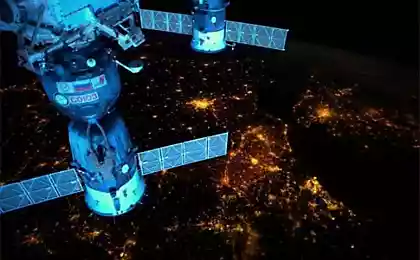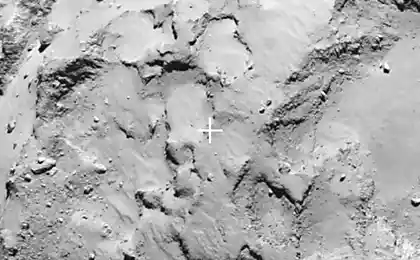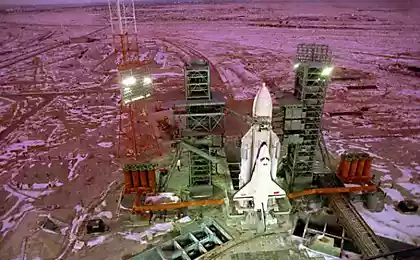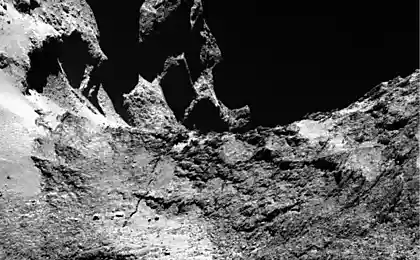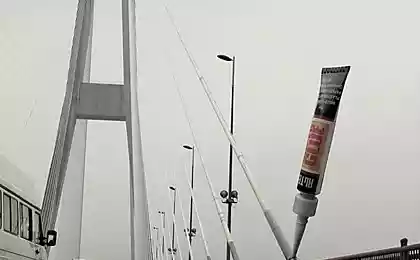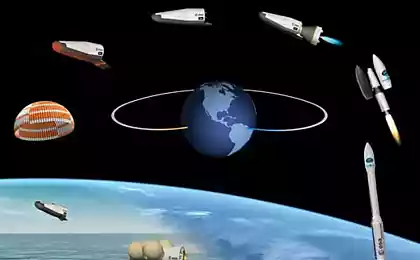1022
Space whalers

Major space agencies are very close to the necessity to gather stones general cleaning in orbit. Number of debris orbiting the Earth looms large, and that the situation got out of control, it's time to get down to business. The European Space Agency is inclined to use the harpoon for the disposal of large objects.

It is believed that in the near-Earth space flying more than 17 000 objects larger than a cup. And they all represent potential, with fatal threat to working satellites and spaceships. Even a collision with a nut 1 cm in diameter may have the effect of a grenade explosion on board.
Low orbits (800-1000 km) are very important, they are usually located observation satellites. The only way to limit the amount of debris on these heights is to remove the largest objects - served satellites and upper stages of launch vehicles.
These multi-ton objects are time bombs: sooner or later, but they collide with each other. If you do not explode before because running out of fuel or battery overheating. The resulting cloud of debris can make low orbits very dangerous for any devices, and subsequent collisions can lead to a chain reaction of similar events.
To avoid this grim scenario, the European Space Agency launched an initiative to e.DeOrbit


After considering a number of ways to capture the Europeans arrived on the shaft. His concept has been developed by Airbus Defence and Space, UK. Even managed to test the test sample, firing samples of the materials used for the manufacture of satellites. Evaluated not only the momentum required for reliable penetration, but also the formation of secondary debris that could pose a risk to the satellite-hunter. So far, the construction of a harpoon is far from perfect and requires further study. The plan outlines computer simulation of the three stages - introduction to object capture with hooks and tow - and the construction of a full-scale test bench for further testing.

Source: habrahabr.ru/post/227643/
Google Cardboard. Virtual reality is made of cardboard and Android-smartphone
At the tip of a graphite rod

